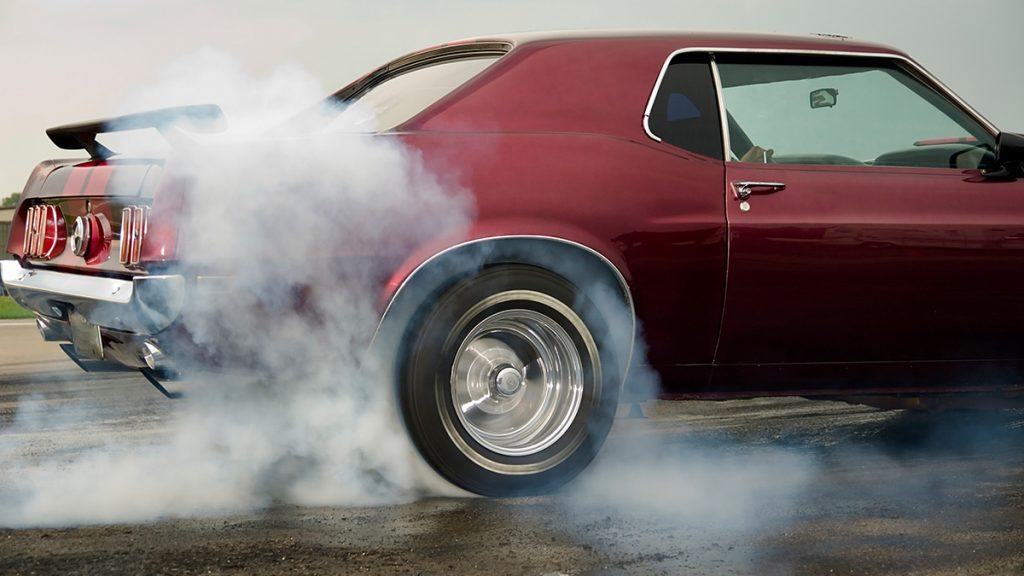The muscle car is an American innovation as original and rebellious as rock and roll, and few things in this world are as satisfying as their unbridled power. The “there’s-no-replacement-for-displacement” era didn’t produce cars that excelled at hugging corners, braking fast or conserving fuel, but they satisfied the seemingly insatiable itch for power and speed – designed to outrun their rivals on wide, straight American roads. The beating heart of classic muscle cars were their large-bore V8 engines that were crammed into mid-sized two-door sedans. In this edition of “Muscle Car Mania,” we look under the hoods of a select few legendary Ford muscle-car engines.
Ford Flathead*
The Ford Flathead is what hot rodding was built on, laying the foundation for the performance-parts aftermarket we know today. When it arrived in 1932, it was the first mass-produced V8 on the market, measuring 221 cubic inches and producing only 65 horsepower. But its cast block was far more affordable than the boutique V8s other brands were producing, and a high-performance aftermarket sprang up to support it, including carbs, intakes, camshafts, headers and cylinder heads. Servicemen returning from WWII sought out the Flathead as they joined the burgeoning scene out of California. It wasn’t long before roadsters and land-speed racers were stuffing the design into their custom projects. By the third iteration (1949-1953), the engine had grown to 255 cubes and could produce 125 horsepower.
289 Small Block
From the high-performance K-code down to the 200-hp two-barrel versions, the 289 small block helped make the Mustang* famous. The 289 was available in 1968 and the pony car’s massive popularity gave the small-inch Windsor* an outsized purpose. The K-code Hi-Po* was available from 1963-1967. It featured beefier block hardware, a reciprocating assembly and a solid lifter valvetrain. Without a doubt, Carroll Shelby helped place this small block in the spotlight, where it powered Cobras,* G.T. 350s* and Trans-Am* racers to a variety of championships.
427 FE Medium Riser
The Ford 427 was bred for NASCAR,* became an instant drag-race success and powered Ford muscle cars of the mid-60s. It was a bored-out version of the 390 cubic inch FE V8 with a forged crankshaft, solid lifters and high-nickel-iron-alloy block. The first 427s were low risers; then the high risers appeared in 1964 in Thunderbolt* Fairlanes* and lightweight Galaxies.* “High-riser” intake manifolds were raised to allow the air-intake charge a straight path to the valves. The medium riser was introduced in 1965 to provide a lower profile that would fit under stock hoods like Galaxies, Fairlanes and Comets* and they retained much of the flow of the high risers, in part by using the same 2.195/1.733 valve package. The 427s were also equipped with a side-oiling system designed to fight against the g-forces of track racing and keep the 427 well-lubricated. Featuring a range of high-rise and mid-rise heads, and even an advanced single overhead cam version dubbed the “cammer,” racecar 427s could produce between 500 and 2,500 hp. That output helps explain the engine’s performance at Le Mans, where it propelled the famed GT40* to victory in 1966.
